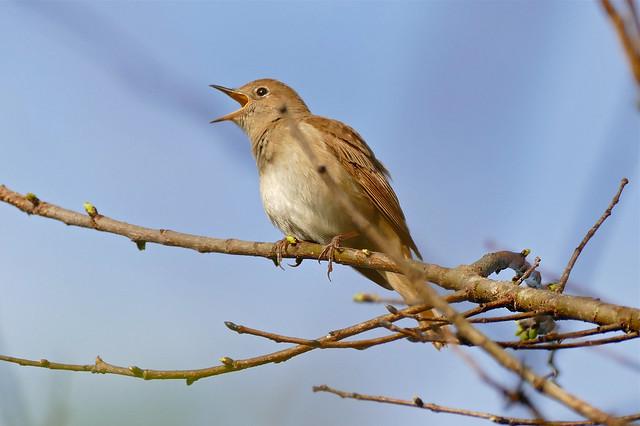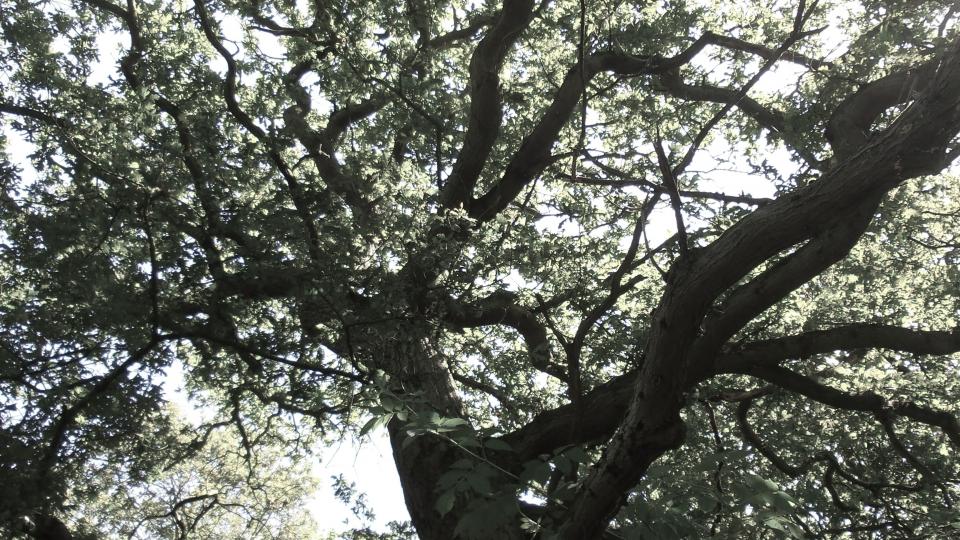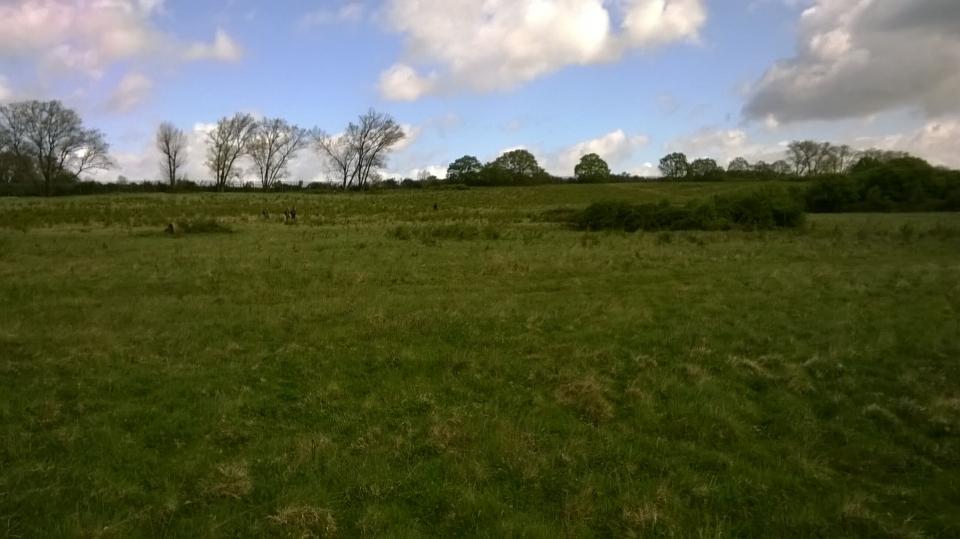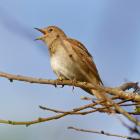In England, in the aftermath of the 2008 financial crash, biodiversity offsetting had a prominent position in key governmental documents as a policy that could streamline environmental compensation for the residual impacts of development. Offsetting has also been promoted as capable of attracting private investments for conservation and of contributing to the establishment of “more, bigger, better, and joined” areas of wildlife habitat in line with the shift to landscape-scale conservation. Offsetting was officially launched in 2013 as part of a wider attempt by the then coalition government to support the UK in moving towards a period where economic growth and a “sustainable” natural environment could thrive together (Apostoloupoulou and Adams 2019; Hannis and Sullivan 2012).
Areas in England where offsetting has been proposed to compensate for biodiversity loss due to large infrastructure projects.
Biodiversity offsetting in England has been defended using various arguments: from the technical approaches that promoted it as an accurate method of calculating biodiversity loss to the more grandiose discourses which portrayed it as part of a wider “revolution” in the way nonhuman nature is measured and valued and as capable of initiating novel partnerships between the public and the private sector and between conservationists and developers. Experimentation with offsetting showed that neoliberal conservation does not take place in lab conditions. Attempts to implement the policy had controversial results and some cases, like the HS2 London–Birmingham train line, have provoked an open challenge to the “win-win” governmental rhetoric. In the face of harsh media critiques, advocates of the policy defended offsetting by using two key sets of arguments that reflected its revanchist neoliberal logic. Firstly, existing planning regulations were attacked for creating bureaucratic barriers to development, followed, in classic neoliberal fashion, by a criticism of the efficiency and cost-effectiveness of state regulation. Offsetting was presented as a way to “save time and money” while increasing net developable area. Secondly, in line with free-market environmentalism, offsetting was related to the benefits of accounting and pricing nature and framed as an “innovative” way to “internalize” environmental costs and make nature’s (economic) value visible (Apostolopoulou and Adams 2017; Apostolopoulou, Greco, and Adams 2018).
Lodge Hill, an area in which urban-development-induced biodiversity loss was to be compensated for by offsetting.
It soon became clear that offsetting brings together a bundle of reactionary ideas about nature-society relationships. It deliberately frames nature as external to society, ignoring the importance of place and the socioecological transformations which urbanization involves by promoting an extreme reductionism which sees biodiversity as divorced from its spatial, evolutionary, historical, social, and moral context (Moreno-Mateos et al. 2015). In offsetting, nature is progressively produced as part of “second nature” (Smith 2010): representing nature through numerical scores or priced credits enables the reterritorialization of nature-society relationships in line with the patterns of an increasingly ecologically disruptive and socio-spatially uneven urban growth. As experimentation with the policy in England showed, this has profound implications for the socionatures involved: offsetting deepens longstanding divisions between “common” and “unique,” and protected and non-protected, nature, and ultimately between society and nature. It also affects public access to green spaces while often separating local communities from nature where they live and work. Offsetting ignores social and cultural ties between communities and places, often leading to a redistribution of areas of conservation value from urban to rural areas, creating uneven outcomes environmentally, socially, and spatially (Apostolopoulou and Adams 2019; Apostolopoulou and Adams 2017; Apostolopoulou, Greco, and Adams 2018), echoing Smith’s (2010) observation that uneven development is the concrete process and pattern of the production of nature under capitalism.

A common nightingale (Luscinia megarhynchos).
A common nightingale (Luscinia megarhynchos).
Photograph by Bernard Dupont, 2016.
Accessed via Flickr on 23 April 2019. Click here to view source.
 This work is licensed under a Creative Commons Attribution-ShareAlike 2.0 Generic License.
This work is licensed under a Creative Commons Attribution-ShareAlike 2.0 Generic License.
One case that has clearly shown all the above is the Lodge Hill housing development, next to the village of Chattenden on the Hoo Peninsula in Medway, southeast England. The submission of a planning application for the construction of 5,000 new houses led to enquiries revealing that Lodge Hill was a significant area for wildlife, inter alia, because of the presence of c. 1.3% of the national UK nightingale (Luscinia megarhynchos) population. The ecological, social, and cultural importance of nightingales, along with the chronic dissatisfaction of local inhabitants with the severe ecological and social impacts of urbanization that the wider area was suffering due to its links to the Thames Gateway regeneration project, made offsetting’s implementation highly contestable. The policy received increased scrutiny and its various inconsistencies, false promises, and social and ecological impacts were gradually exposed, leading to the failure—at least so far—of offsetting.
Biodiversity offsetting is an indicative example of how neoliberal conservation policies designed to address the environmental contradictions of capitalism further deepen them, while also creating new contradictions. The conversion of complex ecosystems to simple measurable units is neither trivial nor politically neutral: it is a product of capitalism’s specific, socially determined relation to nature (Apostolopoulou, Greco, and Adams 2018). It results from capitalism’s exploitative use and development of natural forces as material conditions of capital accumulation. Offsetting contributes to foreclosing the discussion on the social-ecological transformations that an increasingly planetary form of urbanization brings about by reproducing the neoliberal dogma that There Is No Alternative (TINA) to capitalist economic growth. Importantly, offsetting’s social impacts reveal its class character, whereas contestation of its implementation highlights the potential for a new emancipatory politics around “the right to nature” (Apostolopoulou and Cortes-Vazquez 2018), opening a path to a radically different production of socially-ecologically just natures. Resistance against offsetting is of particular importance in the UK given the latest policy developments: the government is in the process of rolling out a new policy based on one of offsetting’s key concepts, namely Net Gain. The future of this initiative remains to be seen and will significantly depend on its contestation on the ground.
How to cite
Apostolopoulou, Elia. “Biodiversity Offsetting and the Contradictions of the Capitalist Production of Nature.” Environment & Society Portal, Arcadia (Summer 2019), no. 21. Rachel Carson Center for Environment and Society. doi.org/10.5282/rcc/8733.
ISSN 2199-3408
Environment & Society Portal, Arcadia
 This work is licensed under a Creative Commons Attribution 4.0 International License.
This work is licensed under a Creative Commons Attribution 4.0 International License.
2019 Elia Apostolopoulou
This refers only to the text and does not include any image rights.
Please click on the images to view their individual rights status.
- Apostolopoulou, Elia, and Jose A. Cortes-Vazquez. The Right to Nature: Social Movements, Environmental Justice and Neoliberal Natures. London: Routledge, 2018.
- Apostolopoulou, Elia, and William M. Adams. “Biodiversity Offsetting and Conservation: Reframing Nature to Save it?” Oryx 51, no. 1 (2017): 23–31.
- Apostolopoulou, Elia, and William M. Adams. “Cutting Nature to Fit: Urbanization, Neoliberalism and Biodiversity Offsetting in England.” Geoforum 98 (2019): 214–25.
- Apostolopoulou, Elia, Elisa Greco, and William M. Adams. “Biodiversity Offsetting and the Production of ‘Equivalent Natures’: A Marxist Critique.” ACME: An International E-Journal for Critical Geographies 17, no. 3 (2018): 861–92.
- Hannis, Mike, and Sian Sullivan. Offsetting Nature? Habitat Banking and Biodiversity Offsets in the English Land Use Planning System. Dorset: Green House, 2012.
- Moreno-Mateos, David, Virginie Maris, Arnaud Béchet, and Michael Curran. “The True Loss Caused by Biodiversity Offsets.” Biological Conservation 192 (December 2015): 552–59.
- Smith, Niel. Uneven Development, 3rd ed. New York: Verso, 2010.












